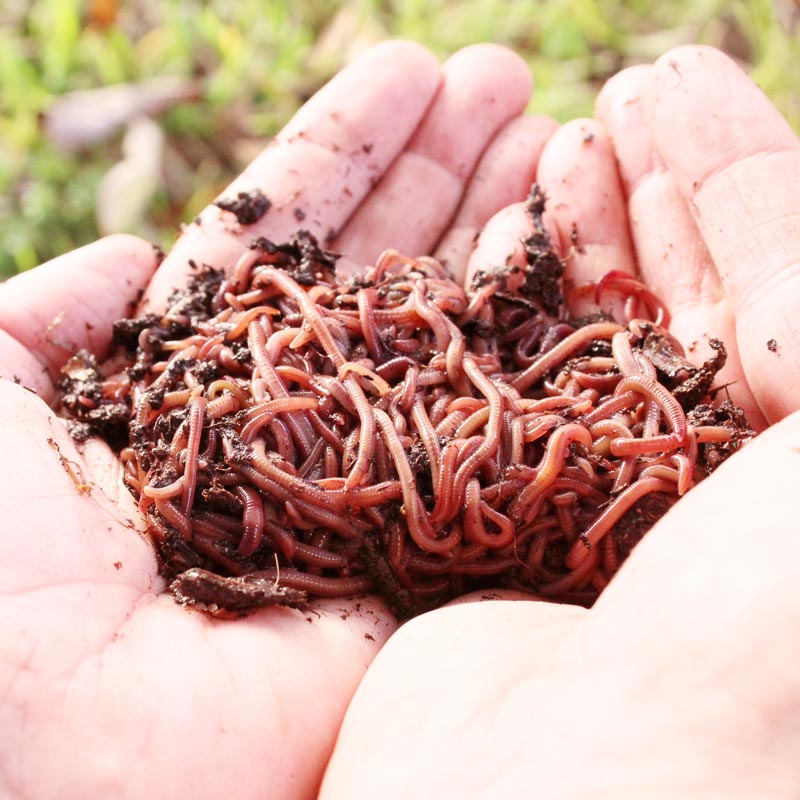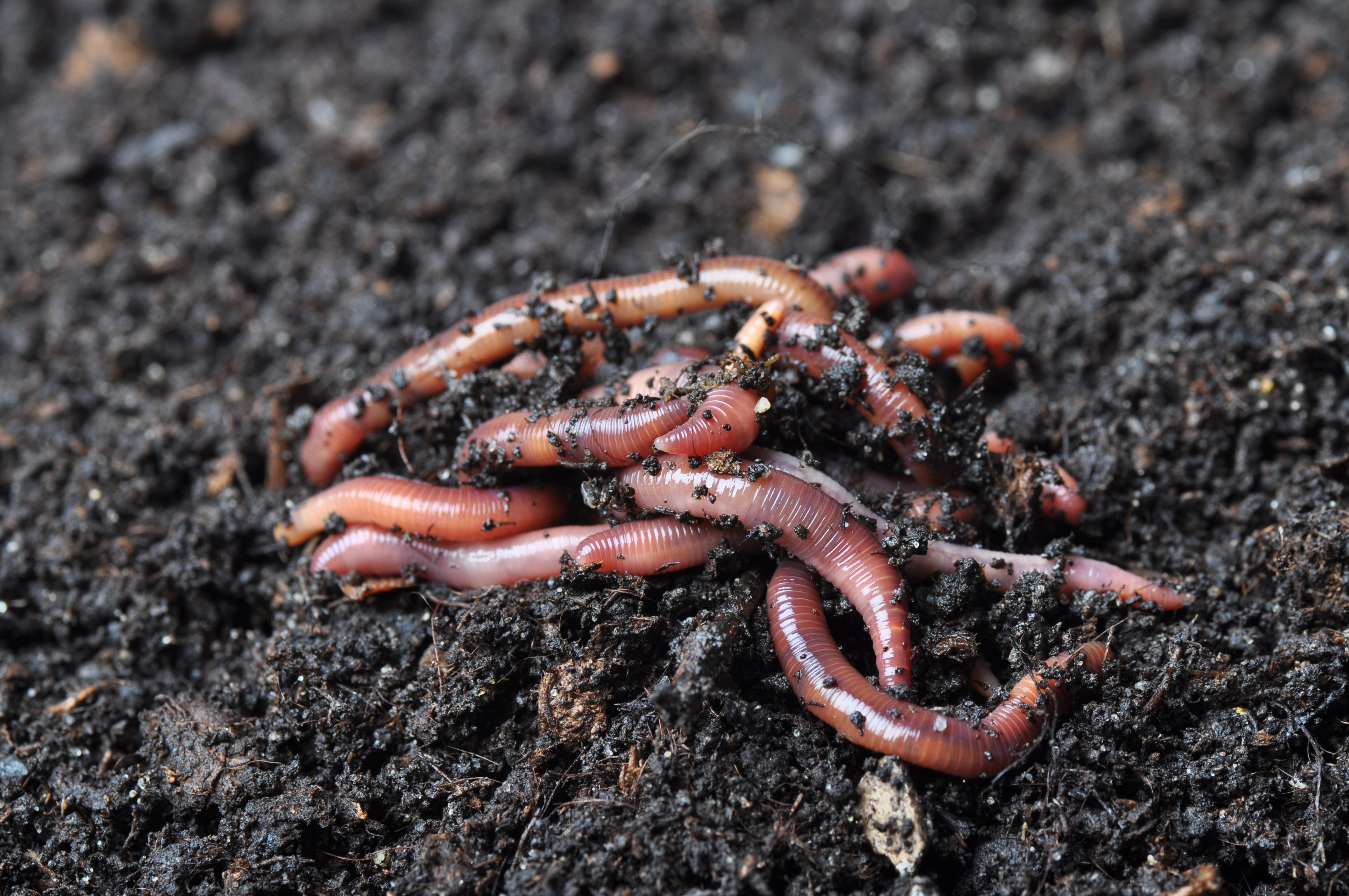Discover the Advantages of Red Wigglers: Nature's Ideal Soil Enrichers
These organisms not only succeed in damaging down organic waste yet also considerably boost dirt top quality, producing a flourishing ecosystem helpful to plant development. The question remains: exactly how can we effectively integrate these soil enrichers into our gardening routines to maximize their capacity?
What Are Red Wigglers?
What exactly are red wigglers? Red wigglers, clinically understood as Eisenia fetida, are a types of earthworm renowned for their role in vermicomposting.
Red wigglers possess a high reproductive price, permitting populaces to proliferate in suitable problems. They eat raw material, including kitchen scraps and backyard waste, simplifying into nutrient-rich castings that boost dirt fertility. Unlike other earthworm species, red wigglers favor a cooler setting and can endure high raw material material, which makes them perfect for composting systems.
These worms are commonly made use of in home yards, commercial farming, and waste administration systems because of their efficiency in reusing nutrients and enhancing soil framework - Lake Hickory Bait. Their existence in a garden compost container represents a healthy and balanced environment, as they assist balance wetness levels and freshen the substrate. Recognizing the biology and habits of red wigglers is important for optimizing their benefits in sustainable farming and gardening methods
Benefits of Vermicomposting
Vermicomposting, the procedure of using red wigglers to decay organic waste, supplies various benefits for both home gardeners and large agricultural procedures. One of the key advantages is the efficient recycling of natural products, which minimizes landfill waste and adds to a more lasting environment. By transforming cooking area scraps and lawn waste right into nutrient-rich compost, vermicomposting advertises a round economic climate within houses and neighborhoods.
In addition, vermicomposting enhances the microbial task within the garden compost. Red wigglers secrete a material called worm spreadings, which is abundant in helpful microbes. These microorganisms aid in damaging down raw material and enhancing nutrient availability for plants. Additionally, the presence of red wigglers in compost systems aids regulate moisture degrees and improves aeration, producing a much healthier setting for decomposition.
The procedure is also relatively low maintenance, making it available for individuals with limited gardening experience. By utilizing vermicomposting, customers can grow a lasting method that not only enriches their gardens but also cultivates a much deeper link with environmental stewardship. In general, the benefits of vermicomposting extend past simple waste reduction, contributing to healthier ecosystems and boosted farming methods.

Enhancing Soil Quality
Enhancing soil quality through the consolidation of red wigglers substantially advantages both home yards and farming landscapes. These earthworms play a vital duty in the dirt environment by damaging down natural issue and assisting in the decay procedure. As they take in organic waste, they create nutrient-rich castings that serve as a Charlotte NC Worms For Sale natural fertilizer, boosting the dirt's nutrient web content and framework.

(Hickory NC Worms For Sale)Furthermore, red wigglers enhance the soil's ability to retain moisture, reducing the need for frequent watering and ensuring that plants obtain a regular supply of hydration. This dampness retention is especially useful in drought-prone areas, creating a more resistant yard or agricultural setting. On the whole, including red wigglers into soil monitoring techniques causes enriched soil that sustains lasting gardening and farming initiatives.
Improving Plant Development
The existence of red wigglers in soil dramatically improves plant growth, acting as all-natural drivers for much healthier plants. These earthworms enhance the dirt framework, promoting far better aeration and water drainage. Lake Hickory Bait. As they tunnel through the dirt, they create networks that help with origin penetration, allowing plants to gain access to important nutrients and water more successfully
Furthermore, red wigglers add to the nutrition cycle by damaging down raw material into nutrient-rich spreadings. These castings are abundant in nitrogen, phosphorus, and potassium, the primary nutrients needed for plant health. Their slow-release nature makes sure that plants can absorb these nutrients with time, decreasing the threat of nutrient leaching and offering continual support for growth.

Exactly How to Utilize Red Wigglers
Although lots of garden enthusiasts might be not aware, incorporating red wigglers into their gardening practices can considerably improve dirt fertility and framework. These earthworms, recognized medically as Eisenia fetida, grow in garden compost and natural issue, making them ideal for vermicomposting systems. To begin making use of red wigglers, develop a vermicomposting container that is well-ventilated and has a bedding product such as shredded paper, cardboard, or coconut coir.
Include cooking area scraps like veggie peels, coffee premises, and crushed eggshells to supply a well balanced diet regimen for the worms. Stay clear of including meat, milk, and oily foods, as these can bring in bugs. Consistently check dampness degrees; the bed linens must stay moist but not soaked.
As the worms take in the organic waste, they create nutrient-rich castings that can be collected and mixed right into garden dirt or used as a plant food. A general standard is to use one component worm castings to 3 components soil for optimum results. In addition, red wigglers can be introduced straight into yard beds to facilitate all-natural aeration and improve microbial task, thus advertising healthier plant development and improved soil top quality.
Conclusion
In final thought, the combination of red wigglers right into composting techniques supplies substantial benefits for dirt enrichment and plant health. Their efficient decomposition of organic matter enhances soil structure, moisture retention, and microbial activity.